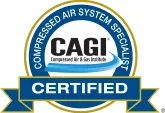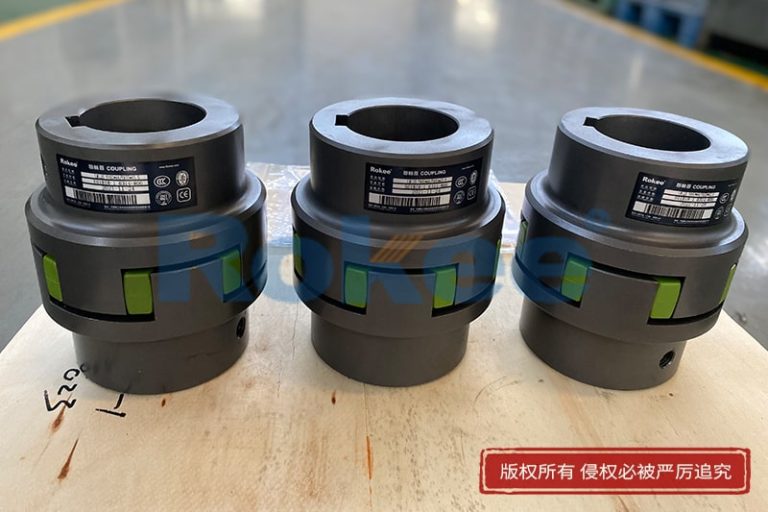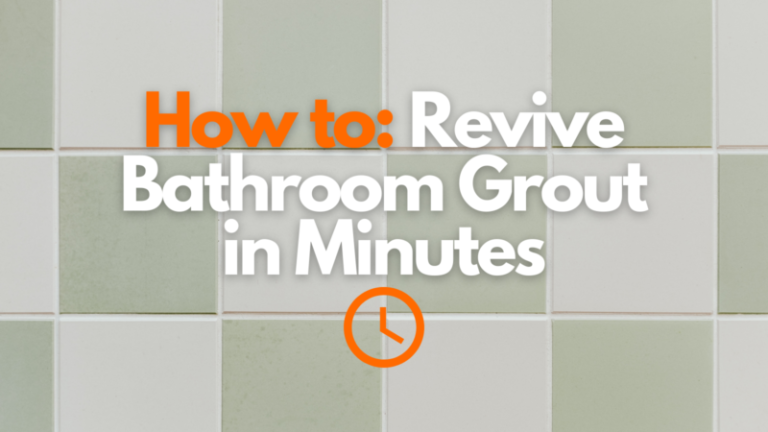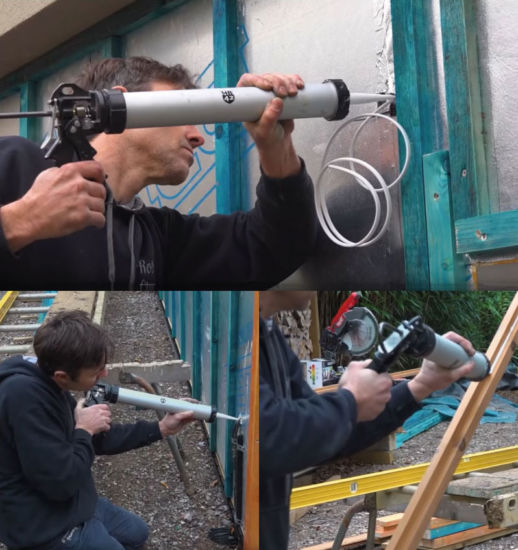Static Eliminator Product Configurations
I recently had the pleasure of discussing an Ion Air Jet application with an engineer at a company that makes medical devices. They needed to remove static charge, and statically clung dust, from certain parts as they’re being packaged and sealed. Because of the specific geometry of the parts, they wanted to use two Model 8194 Gen4 Ion Air Jets, aimed directly at the geometric features of the part where the clinging dust was most problematic. The engineer started the conversation with questions about two Model 8494 Gen4 Ion Air Jet Kits, and was quite pleased when I recommended only one Kit, and an additional Ion Air Jet.
The Model 7960 Gen4 Power Supply that comes with the Kit has two ports, so it can be used to energize any two EXAIR Gen4 Static Eliminators. That’s two Ion Air Jets, two 3″ Super Ion Air Knives, two 108″ Super Ion Air Knives, one Super Ion Air Knife and one Ion Air Gun, etc.

Why would you need more than one Static Eliminator? Well, the most popular answer comes from the fact that static charge is a surface phenomenon. You can expose one side of a statically charged film to ionization all day long, and it won’t change the static charge that resides on the other side one bit. Super Ion Air Knives and Ionizing Bars are oftentimes operated in pairs for this very reason.

It also may be necessary to eliminate static, on the same material, more than once. Remember, all it takes to develop a static charge is contact & separation of non-conductive materials. I worked with a user once who had a machine that die cut shapes from a sheet of open cell foam…similar to the stuff that you wrap fragile items in for moving or transport, but a little thicker. Anyway, this foam sheet came off the roll with enough static charge to make it bunch up instead of moving smoothly into the cutting chamber, so it passed through an “over/under” pair of Ionizing Bars (similar to the photo above). Then, the die cutting caused enough static charge to make the pieces stick to the dies (think “cookie cutters” because that’s EXACTLY what they looked like), so two strategically aimed Ion Air Cannons were used to blow the “cookies” into the collection bin at the outlet of the machine. It was pretty compact (the foam sheet was only 10″ wide, and the “cookies” were “bite sized”) so all four Static Eliminators were energized from one Model 7961 4-Outlet Power Supply.
The “one Super Ion Air Knife and one Ion Air Gun” that I mentioned earlier is another popular answer to that question. The laminar, even flow from a Super Ion Air Knife is ideal for sweeping across a flat surface, but if there are any features to your statically charged material that might be “hidden” from the Super Ion Air Knife’s curtain, another dedicated device can be used for static elimination and blow off from those areas.
EXAIR Gen4 Static Eliminators have 5ft (1.52 meters) cables, except for Ion Air Guns, which have 10ft (3 meters) cables. As long as the cables will reach the Power Supply, you’re in business. If the Static Eliminators will be farther away than that, though, you don’t necessarily have to use separate Power Supplies for them. We can make any Static Eliminator with a custom length cable, up to 50ft (15 meters) in length.
If static charge is causing you problems, we’ve got solutions. To find out more, give me a call.
Russ Bowman, CCASS

Application Engineer
Visit us on the Web
Follow me on Twitter
Like us on Facebook



